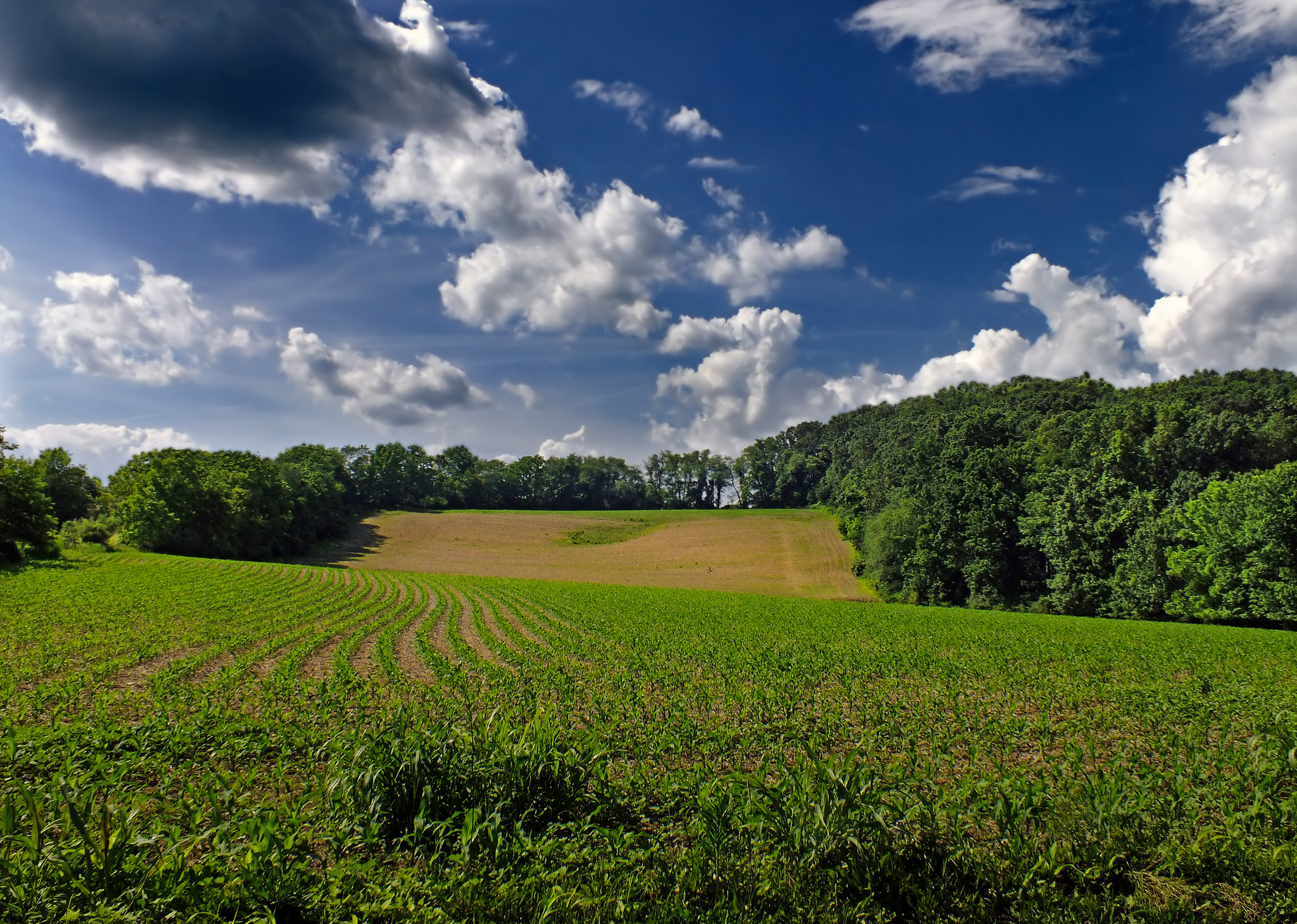Carbon Sequestration Potential on Agricultural Lands: A Review of Current Science and Available Practices
Author Daniel Kane: | Published: November 2015
Recent reports from the Intergovernmental Panel on Climate Change (IPCC) suggest that even if substantial reductions in anthropogenic carbon emissions are achieved in the near future, efforts to sequester previously emitted carbon will be necessary to ensure safe levels of atmospheric carbon and to mitigate climate change (Smith et al. 2014). Research on sequestration has focused primarily on Carbon Capture and Storage (CCS) and reforestation with less attention to the role of soils as carbon sinks. Recent news reports of melting glaciers and ice sheets coupled with a decade of record-breaking heat underscores the importance of aggressive exploration of all possible sequestration strategies.
Soils have the potential to sequester carbon from the atmosphere with proper management. Based on global estimates of historic carbon stocks and projections of rising emissions, soil’s usefulness as a carbon sink and drawdown solution appear essential (Lal, 2004, 2008). Since over one third of arable land is in agriculture globally (World Bank, 2015a), finding ways to increase soil carbon in agricultural systems will be a major component of using soils as a sink. A number of agricultural management strategies appear to sequester soil carbon by increasing carbon inputs to the soil and enhancing various soil processes that protect carbon from microbial turnover. Uncertainties about the extent and permanence of carbon sequestration in these systems do still remain, but existing evidence is sufficient to warrant a greater global focus on agricultural soils as a potential climate stability wedge and drawdown solution. Furthermore, the ancillary benefits of increasing soil carbon, including improvements to soil structure, fertility, and water-holding capacity, outweigh potential costs. In this paper, we’ll discuss the basics of soil carbon, how it can be sequestered, management strategies that appear to show promise, and the debate about the potential of agricultural soils to be a climate stability wedge.

